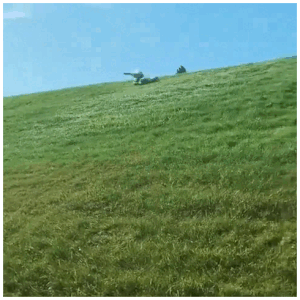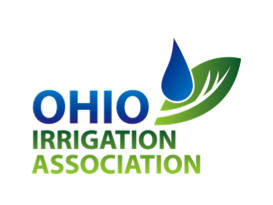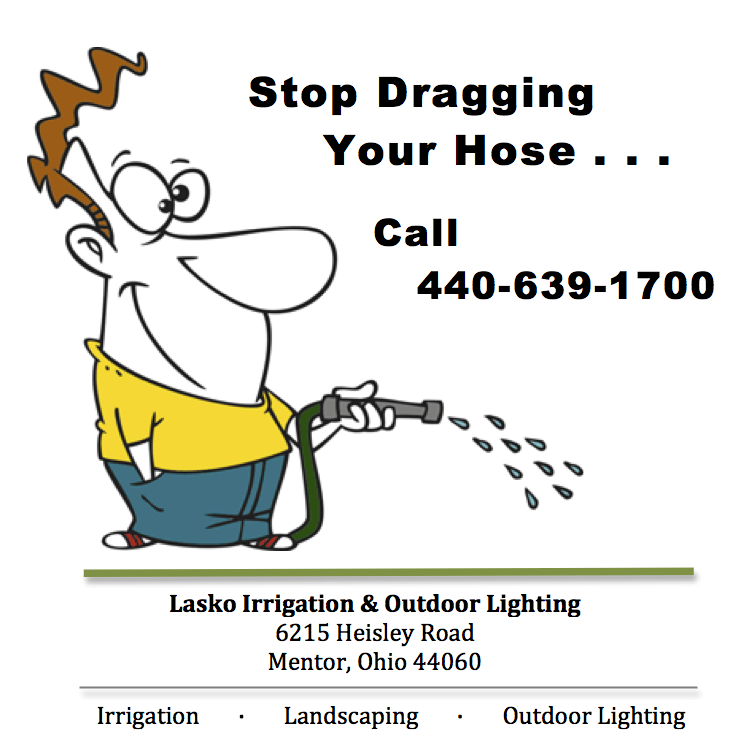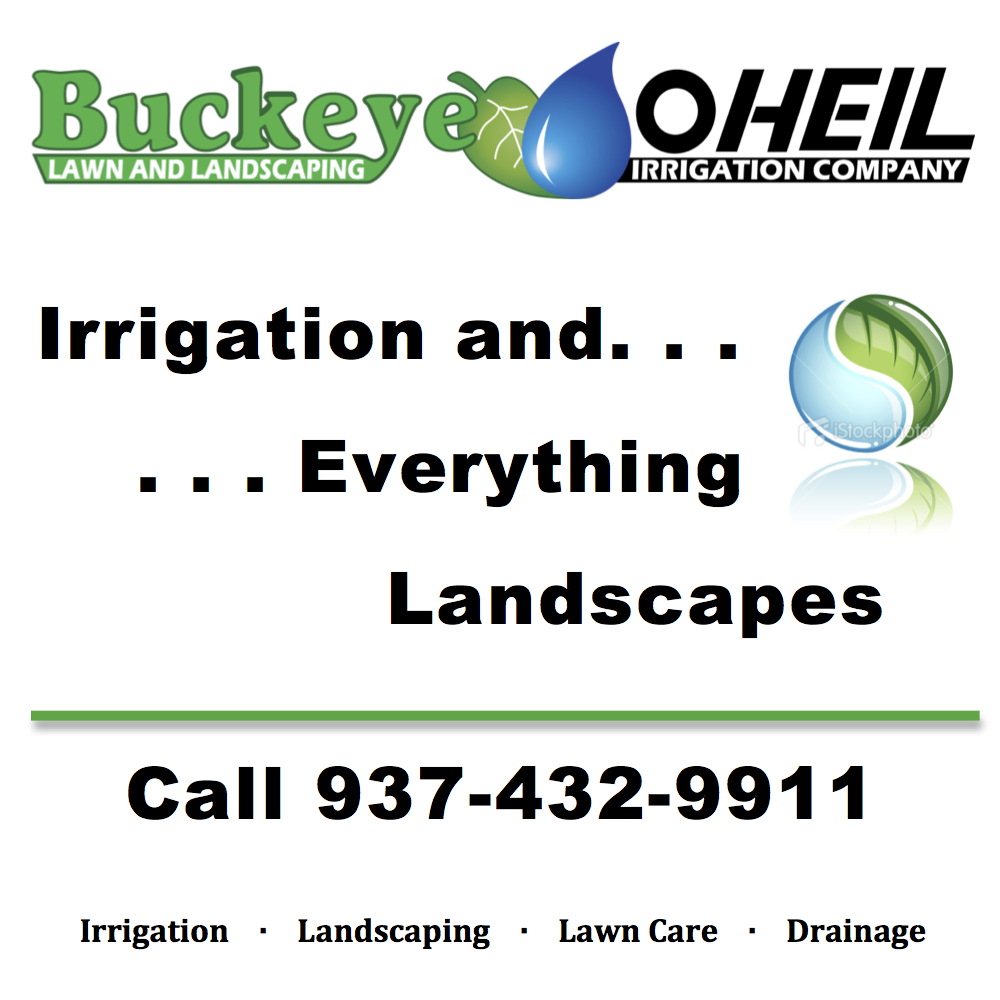Creating Vibrant Landscapes
from the Inside Out
One of the challenges irrigation and landscaping professionals often face is looking at the big picture.
Many green industry contractors tend to focus on their small piece of the puzzle (i.e., completing the job quickly and inexpensively). Instead, take a more holistic approach by studying soils and plant needs – and understanding the interconnectedness between soil, plants, and water – to improve the success of your projects in the long run.

Those Slippery Slopes
Ensuring efficient irrigation for sloped terrain can be challenging. The experts at Rain Bird offer the following tips:
#1. Choose an irrigation timer with at least four start times per program to reduce run-off. Determine when run-off occurs at each station. Divide the runtime needed to meet plant water requirements by this factor.
#2. Use master valves and flow sensors as an insurance policy.
#3. Compensate for the slope by adjusting the distance between lateral lines. On a 2:1 slope, the sprinkler should throw about 80% of its radius above the head and 120% below the head.
#4. Space lateral lines across–rather than with–the slope.
#5. Install matched precipitation rate (MPR) nozzles and check valves to reduce the potential for soil erosion.
Source: Rain Bird
For instance, efficient irrigation goes beyond mere hydration. It’s about knowing plants’ unique requirements and creating an environment where they can thrive. Considering soil type, terrain slope (see sidebar), climate conditions, and plant diversity can help irrigation professionals unlock the true potential of these systems as a tool for landscape vitality and sustainability.
The Good Earth
Soils must be alive and active to produce lush landscapes. Unhealthy soils block air from reaching beneficial organisms and microorganisms. If these organisms die, the soils die, resulting in shallow root systems where fungus and mold can run rampant.
Improving the soil environment for microorganisms that attach themselves to the root systems to care for the plants will produce a much better result. Deeper root systems require less water, pest management, and nutritional development.
BIG-PICTURE TIPS:
- Test the customer’s soil. If your company does not provide soil-testing services, contact one of the following Ohio labs:
- Enhance your customer’s soil health through composting and organic-based soil amendments.
- Use integrated pest management practices to maintain a vibrant ecosystem beneath the surface.
- Employ hydrozoning practices to optimize irrigation efficiency and resource allocation.
–Article Continues Below–

Know Your Grasses
Determining which type of grass seed or sod to use in a customer’s landscape requires more than just an understanding of warm-season vs. cool-season grasses. (See sidebar, “Cool-Season Lawn Grasses.”) Just because a grass species will survive in a particular region doesn’t necessarily make it the best choice.
In addition, homeowners’ associations often have rules specifying which grass species may be planted, so check with them before seeding or sodding.
Cool-Season Lawn Grasses
In Ohio, cool-season grasses are recommended. Here’s a breakdown of the differences between each:
Kentucky Bluegrass: Particularly winter hardy, susceptible to heat and drought, medium-to-fine texture, soft underfoot
Tall Fescue: Heat and drought tolerant, low maintenance, deep roots, medium texture
Fine Fescue: Tolerates shade better than other cool-season turfgrasses, fine-bladed texture, low maintenance, well-adapted to most Ohio growing conditions
Rye Grass: Quick to establish, fine-bladed texture, shallow roots
The various cultivar characteristics within a specific grass species further cloud the issue. Differences between cultivars within a species can be dramatic and significantly impact a landscape project’s success. The Ohio State University Extension recommends blending two to four cultivars within the species to improve disease and insect resistance.
BIG-PICTURE TIPS:
- Always consider soil type, slope, and intended use before selecting seed or sod.
- Contact local sod farms to learn which grass varieties consistently thrive in your climate zone.
- Expert advice is also available from the master gardeners and turfgrass researchers at your local extension office.
- Ensure the seed you select has been certified for purity by the Ohio Seed Improvement Association.
Putting It All Together
To ensure you’re looking at the big picture, analyze your customer’s soil, slope, and plants before ever considering water in your irrigation system design. The first questions to ask are:
- What plants are being grown?
- Where are they located within the landscape?
- What soil type will they be grown in?
- What is the sun exposure?
Once you have the answers to these questions, you’ll be ready to begin designing an efficient irrigation system. A holistic plant-soil-slope-water approach promotes sustainable practices that transform outdoor spaces into vibrant sanctuaries of beauty and life.
Mark Your Calendars for
Equip Expo 2024!
October 15-18 in Louisville, Kentucky
 Equip Expo features 1,000 exhibits and hundreds of educational opportunities for green industry professionals.
Equip Expo features 1,000 exhibits and hundreds of educational opportunities for green industry professionals.
This year’s keynote speaker is Kevin O’Connor, host of the Emmy Award-winning series “This Old House.” There’ll be music by Trace Adkins, happy hour with The Crashers, and so much more!
Register early to save!
Sources:
Featured Images: Adobe, Licenses Granted
Irrigation & Lighting
Ohio State University Extension
Everfilt







